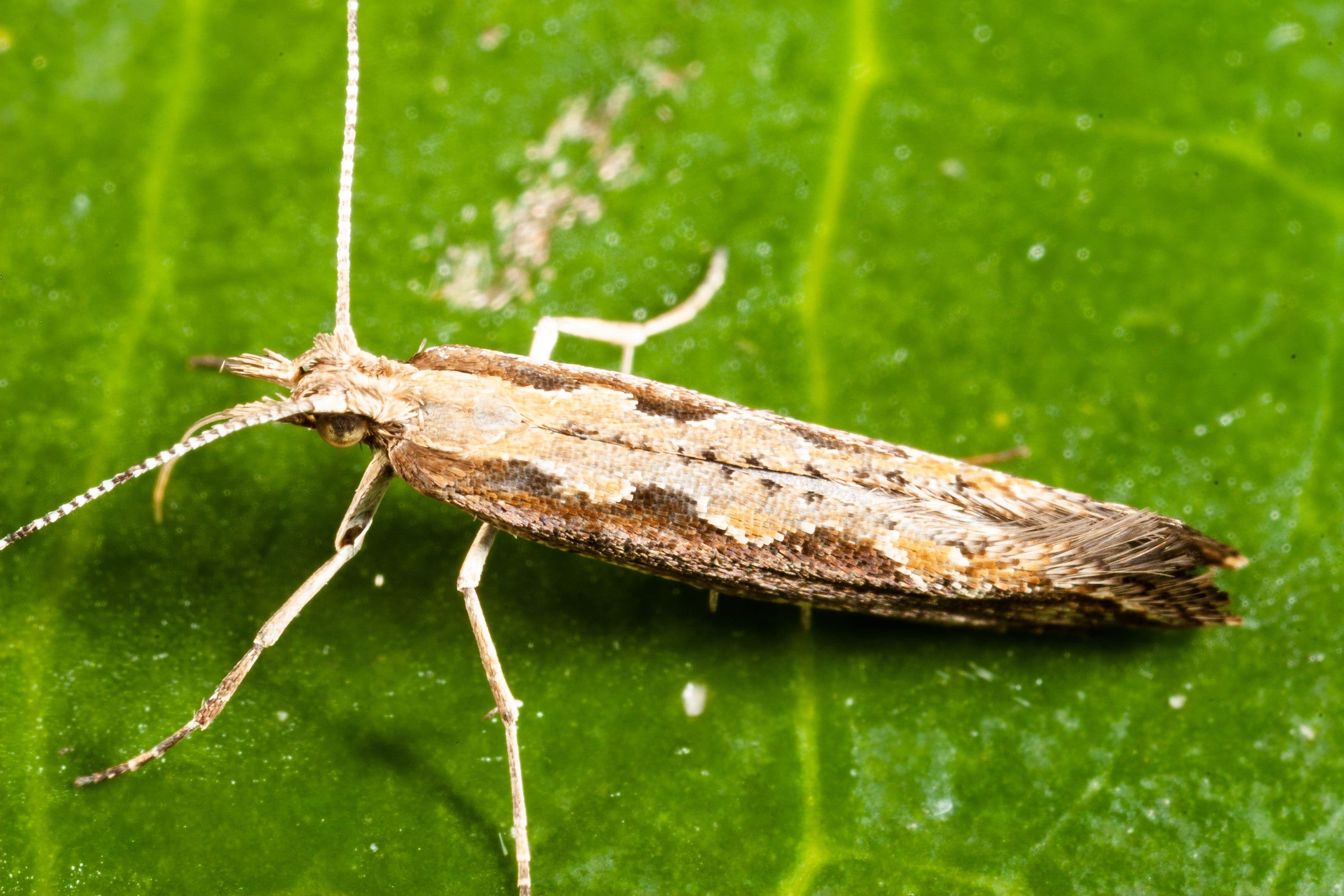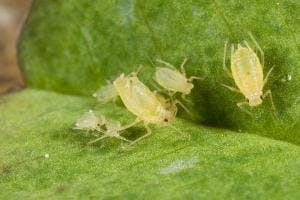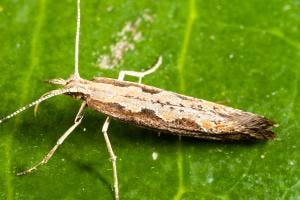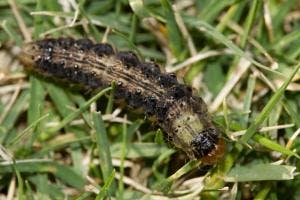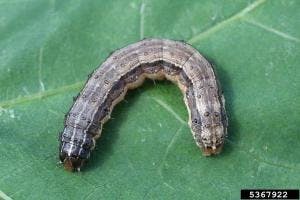Summary
Hoverflies (Syrphidae sp) are a family of flies. They are characterized by their ability to hover in mid-air before quickly changing direction, hence their name.
Adult hoverflies are 4-10 mm long, have dark-coloured
flattened bodies with black and yellow markings and have only one
set of wings. They resemble bees or wasps to deter potential predators. However, unlike bees or wasps, hoverflies do not possess stingers.
Hoverfly maggots are elongated, legless, green grubs. They can be mistaken for caterpillars such as cabbage white or diamondback moths. However, they lack the distinctive head capsule of caterpillars. Many larvae have white stripes on their dorsal side and can reach lengths of up to 10 mm.
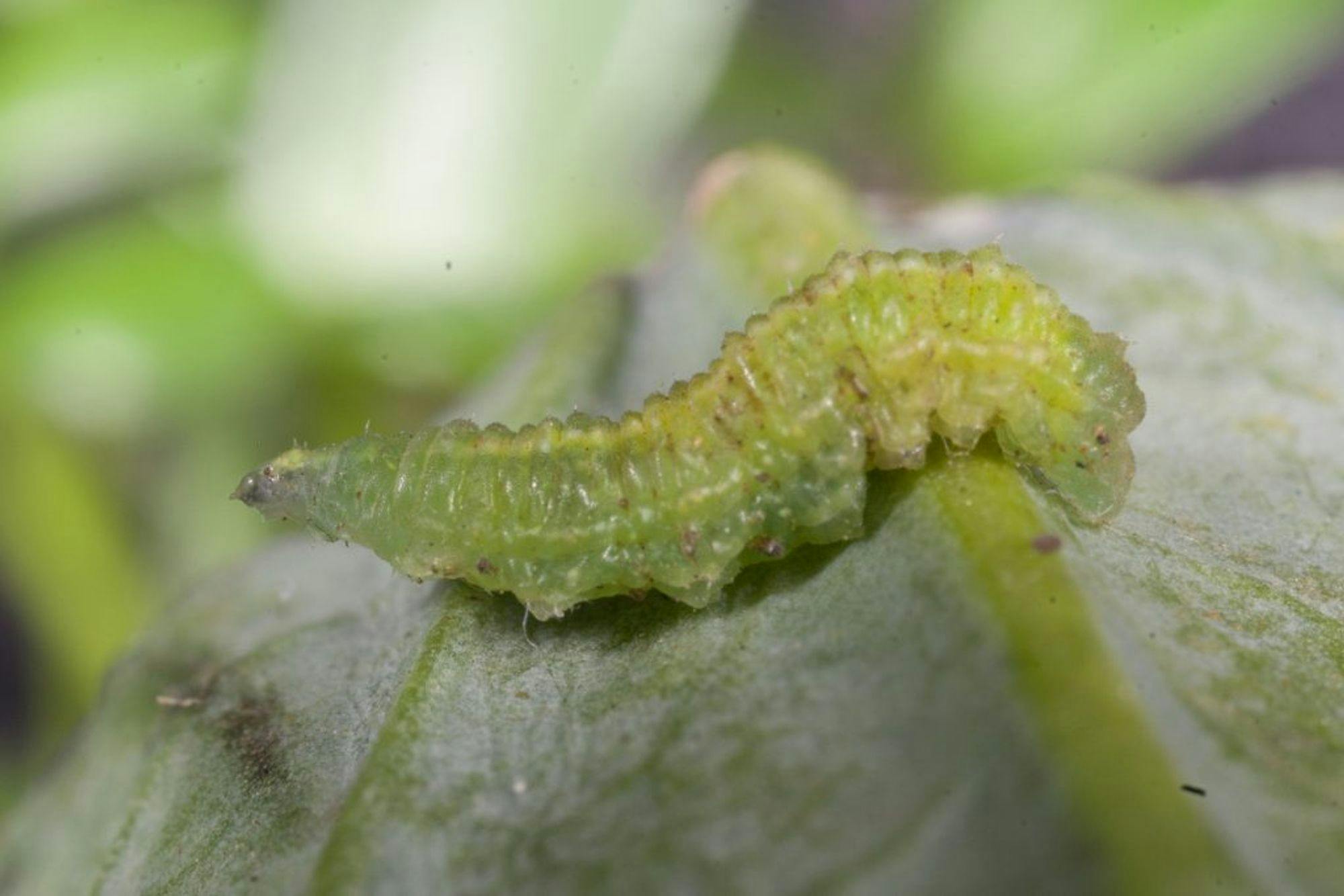
Hoverflies are beneficial to agricultural crops as they play crucial roles in pollination as adults and biological control of pests as larvae.

Diet
Adult hoverflies feed mainly on nectar and pollen, whilst the larvae are predacious. They prefer aphids, but are known to attack a wide range of soft-bodied insects including caterpillars, and mealybugs.
Pests Attacked*
*with pesticide resistance
Monitoring guidelines
Adult hoverflies can be visually spotted by their yellow and black-striped bodies and distinctive ‘hovering’ behaviour.
Larvae and eggs can be visually monitored through the inspection of dense aphid infestations. Hoverfly larvae can be distinguished from caterpillar grubs by their distinctive movement and lack of head capsule.
However, hoverflies can be difficult to see, particularly during the juvenile stage. For more reliable information, it is recommended to use visual monitoring in conjunction with other techniques. Two other common methods for monitoring include the use of a sweep net and a beat sheet.
Sweep nets: Sweep netting is useful when sampling flighty insects such as adult hoverflies. Sweep nets work through the sweeping motion of a net throughout a crop, often in a semi-circular or figure-eight pattern, capturing insects present in the vegetation.
Beat sheet: A sheet between 1.3-1.5 m wide by 1.5-2.0 m deep, made of yellow or white tarpaulin with a sturdy stick attached to each end. To use it, place one edge of the sheet at the base of the plants in the row you want to check. Hang the other end over the adjacent row or against the base of the next row for wider spacings. Hold the stick at both ends and shake the plants vigorously 5-10 times to dislodge insects onto the sheet. This process should be repeated at four different non-consecutive lengths of rows within a 20-meter radius.
Habitat management
Maintaining non-crop plants in and around agricultural fields can boost hoverfly populations by providing food sources (pollen and nectar) for adult hoverflies.
Hoverflies show a preference for yellow and white flowers, particularly those with open centers that facilitate easy access to pollen.
Hoverflies are currently not available to buy commercially. However, diverse habitats including hedgerows, cover crops, brushpiles and wildflower strips can support generalist predator population, by providing additional food sources, nesting sites, and protection from pesticide exposure or extreme weather conditions.
Additionally, certain hoverfly species also need access to water for breeding. Incorporating water features such as shallow 'hoverfly' ponds can bolster populations.
Excessive use of pesticides can be detrimental to hoverfly populations and their effectiveness as biological control agents. Consider adopting integrated pest management (IPM) practices, which involve using pesticides judiciously and as a last resort. Targeted application of pesticides, avoiding broad-spectrum ones, and selecting insecticides that have minimal impact on non-target organisms can help preserve hoverfly populations.
Chemical toxicity
To assist growers and advisors in making informed choices around insecticide use in Australian grain crops, the below table summarises the toxicity of foliar chemical sprays on hoverflies.
The impact ratings in the table are colour-coded, indicating the level of impact on beneficial insects. The colour scheme is as follows:
- Green: low impact (<30% mortality)
- Yellow: moderate impact (30-79% mortality)
- Orange: high impact (80-99% mortality)
- Red: very high impact (>99% mortality)
Data shown here is directly from the Beneficials Chemical Toxicity Table.
Ratings for toxicity are based on International Organisation for Biological Control (IOBC) protocols for laboratory studies and reflect percent mortality of insects.
These values represent mortality under controlled laboratory conditions – impacts may vary in the field, especially if multiple applications of a chemical occur.
Resources
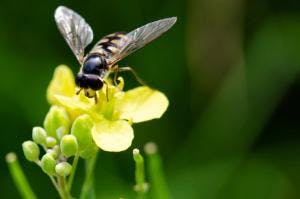
Top 5 things to know about hoverflies
Beneficials
PestFacts south-eastern

Hover flies - Agriculture Victoria
Beneficials
Agriculture Victoria

